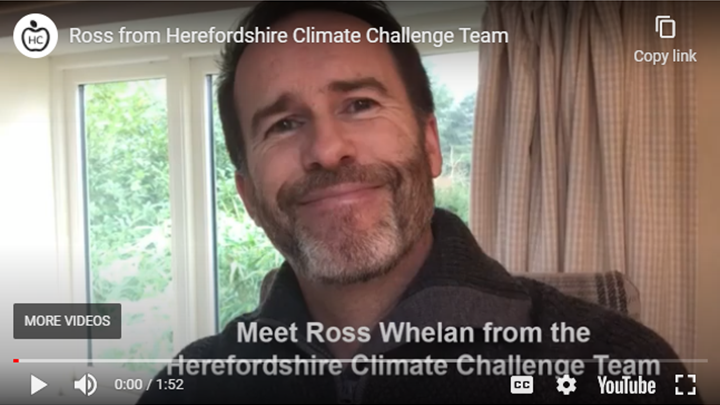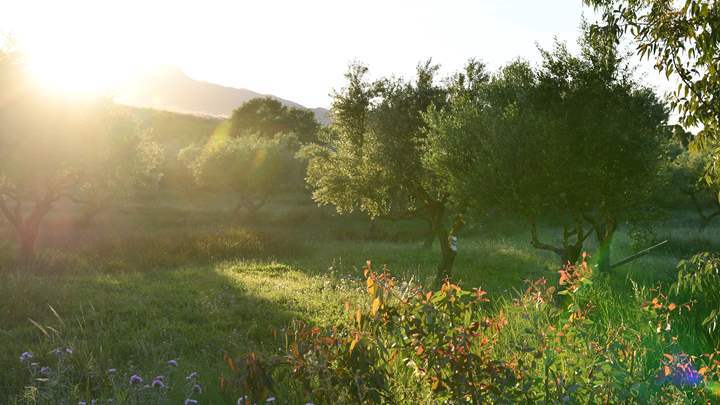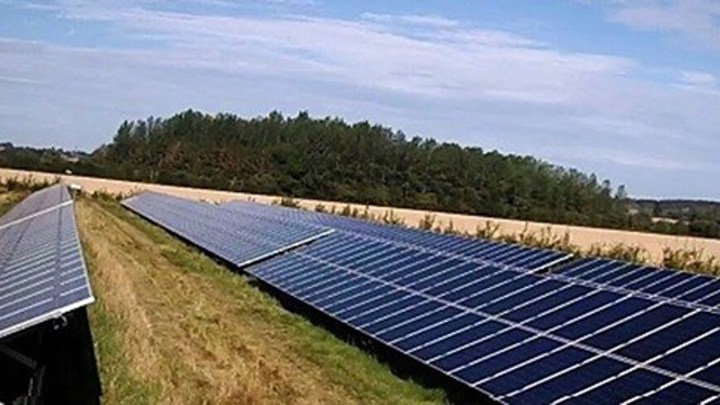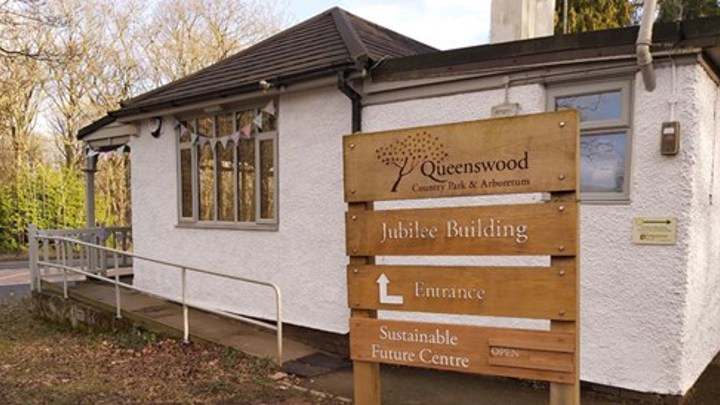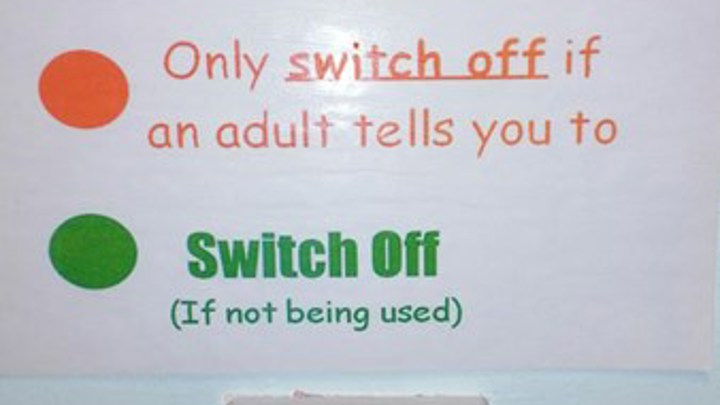Energy
The challenge
In the UK, energy comes from a number of sources. Currently, most energy is derived from fossil fuels - coal, petroleum, natural gas, oil shales, bitumens, tar sands, and heavy oils. To meet net zero, we will need to move away from using coal and oil and rely more on electricity generated from renewable sources.
Herefordshire uses 8,240GWh of energy every year. This is the amount of energy that could be generated in a year if 2.5% of the county was covered with solar panels.
Three quarters of the energy consumed in Herefordshire is used to heat and power buildings (both residential and commercial) and the appliances they contain.
Transport also uses a significant 20% of energy used in the county.
Overall, energy use has fallen by around 11% since 2005, but while emissions in the industry/commercial and domestic energy use sectors have fallen over that period, transport emissions remain constant.
The solutions
There is a simple hierarchical approach to achieving net zero, outlined in the diagram below.

1 Minimise energy demand
The demand for energy is changing. In the UK, energy demand is projected to decrease until 2025. After this, it is then projected to rise, as electric vehicles and electric heating systems for homes become more common. It is therefore important to continue to reduce demand from other areas as much as possible.
2 Maximise energy efficiency
The energy efficiency of UK homes has increased over the past decade, reducing the amount of energy used while increasing comfort levels. This improvement has been primarily driven by:
- More efficient electrical products
- More efficient boilers
- Insulation improvements
3 Use low-carbon energy - generation
In Herefordshire, energy generation is almost entirely through photovoltaics (solar panels) and plant biomass (or anaerobic digestion). Capacity has increased by 73% since 2014. However, the total energy generated in the county during 2019 was still only 116GWh. This is far less than the county’s energy demand, and we should therefore continue to find ways to increase the energy generated locally.
4 Use low-carbon energy - green energy supply
An alternative to being able to supply all energy from Herefordshire-based renewables, is to buy green electricity generated elsewhere in the UK. With electricity from low carbon sources making up an ever larger percentage of our national grid, we are all likely to be using some sustainably generated electricity, whatever tariff we’re on.
5 Offsetting and carbon-capture
Any remaining carbon emissions from energy use in 2030 will need to be offset. Sometimes called a carbon credit, offsetting is balancing out your own carbon emissions by supporting projects that reduce carbon elsewhere.. It is important that offsetting is not seen as an easy or always acceptable solution to fixing the energy problem. It should be regarded as the last option if realistic alternatives really do not exist.
As a largely rural county Herefordshire has the potential to develop a plan based around options to lock up carbon locally. As well as tree planting, this may also include better management of soil, rivers, and wetlands.


